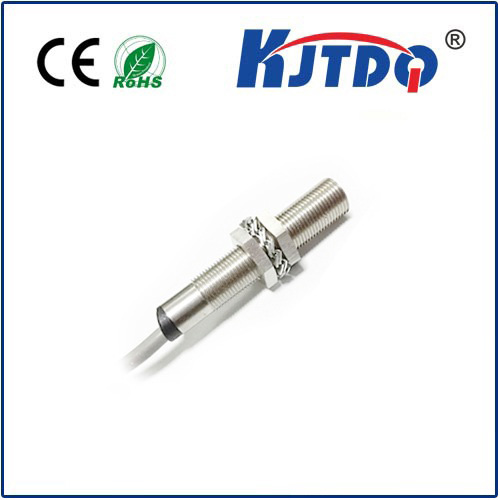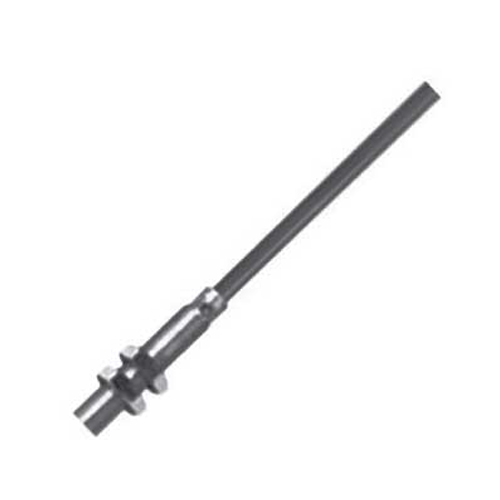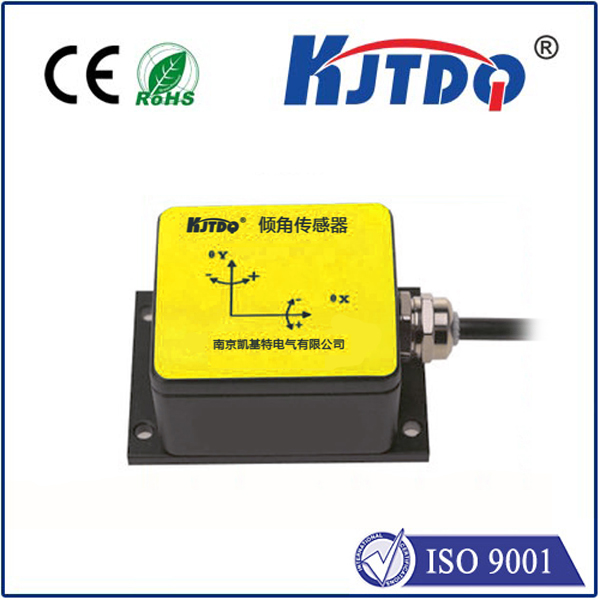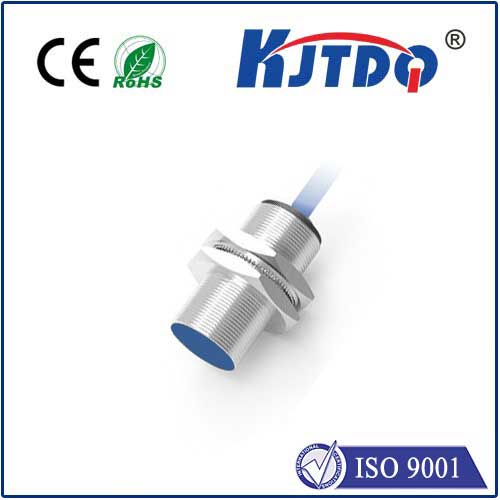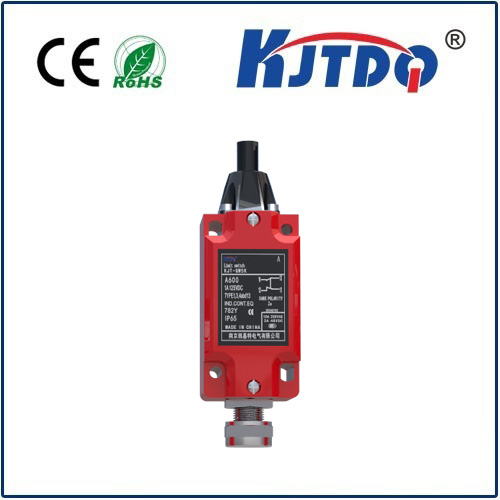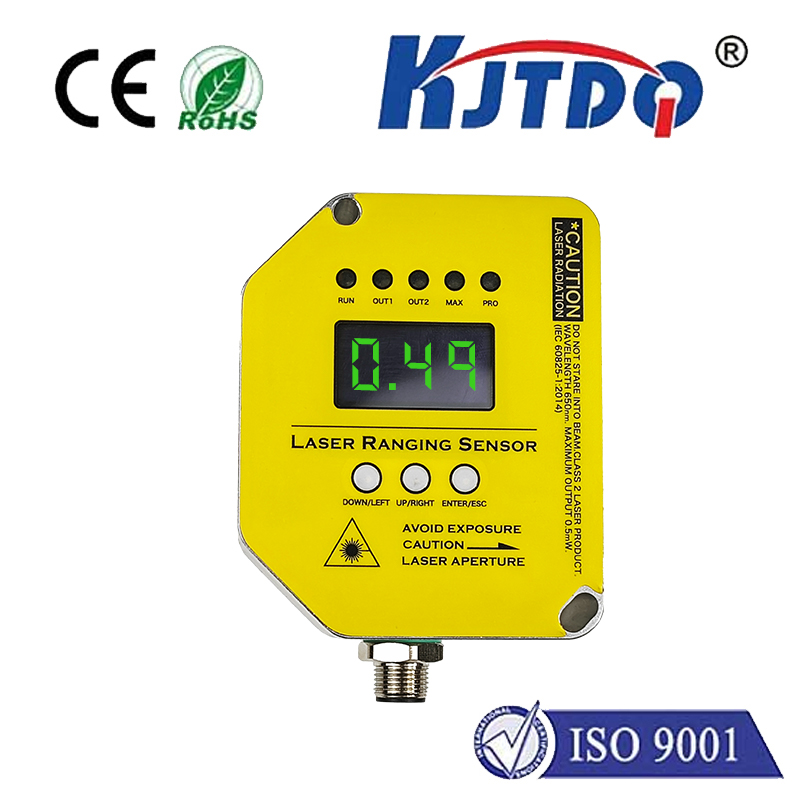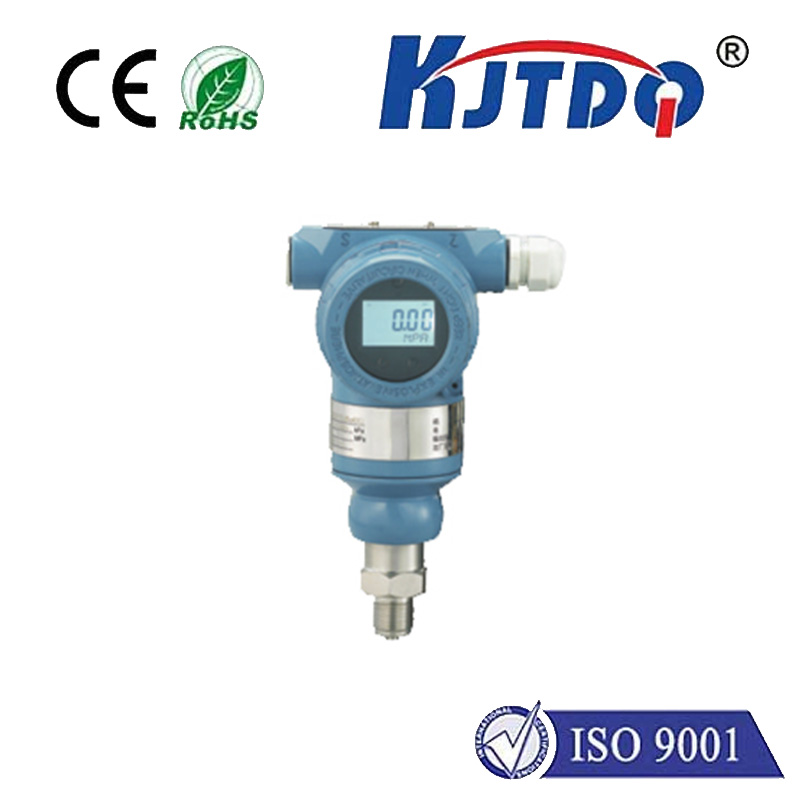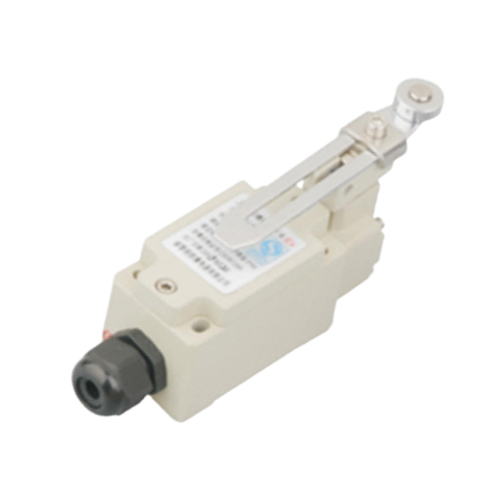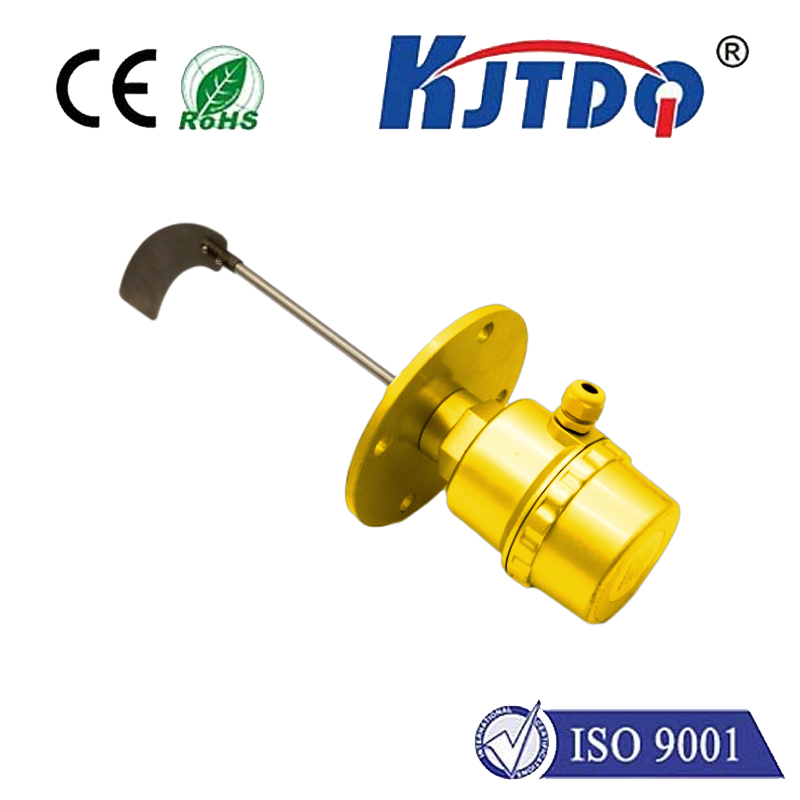freezer temperature monitor
- time:2025-08-22 04:53:00
- Click:0
Beyond Guesswork: Why Your Business Needs a Freezer Temperature Monitor Today
Imagine opening your commercial freezer or medical specimen storage only to find thousands of dollars worth of product ruined. The culprit? A simple, undetected temperature fluctuation. This isn’t just a nightmare scenario; it happens daily to businesses relying on luck or manual checks. A robust freezer temperature monitor is no longer a luxury; it’s a critical shield protecting your assets, reputation, and compliance. In industries where cold chain integrity is paramount, guessing is gambling – and the stakes are far too high.
The High Cost of Temperature Neglect
Food spoilage represents billions in losses annually. For restaurants, caterers, or grocery distributors, one freezer failure can mean spoiled inventory, lost revenue, and potential health code violations leading to closures. Pharmaceutical companies, biotech labs, and hospitals face even graver consequences. Vaccines, critical medications, and sensitive biological samples become dangerously compromised or entirely useless outside strict temperature ranges. The financial loss is immense, but the potential impact on patient health or research integrity is incalculable. Compliance regulations (like FDA 21 CFR Part 11, HACCP, GxP) mandate meticulous temperature tracking, and failure to provide accurate, verifiable records can lead to hefty fines and legal liabilities. Manual logging with a clipboard and thermometer is not only inefficient but prone to human error and lacks a reliable audit trail.
How Freezer Temperature Monitoring Systems Work: The Tech Shield

Modern temperature monitoring systems move far beyond the unreliable analog dial thermometer. They are comprehensive digital safeguards:
- Sensors: High-precision digital sensors are placed strategically within the freezer unit or cold room, continuously measuring temperature. For ultra-cold applications (like -80°C freezers), specialized sensors ensure accuracy even at extreme lows.
- Data Logger/Transmitter: The sensor data is collected by a data logger or transmitted wirelessly to a central hub or gateway device. This unit stores the readings.
- Connectivity & Cloud Platform: Data is sent securely to a cloud-based monitoring platform via Wi-Fi, cellular networks, or Ethernet. This is the command center.
- Alerts & Dashboards: Users access real-time and historical temperature data through web dashboards or mobile apps. Crucially, the system sends instant alerts (SMS, email, phone call) if temperatures stray outside pre-set safe ranges.
- Automated Reporting: Systems generate detailed, time-stamped reports for compliance audits and internal analysis, eliminating manual logs.
Key Features That Make a Difference
Not all freezer alarm systems are created equal. Essential features to look for include:
- Real-Time Monitoring: Constant vigilance is key. See current temperatures anytime, anywhere.
- Customizable Alarm Thresholds: Define your acceptable temperature range precisely. Get alerted for both high and low deviations.
- Multi-Channel Alerts: Ensure critical warnings reach the right people immediately via text, email, app notifications, or even audible sirens.
- Battery Backup & Sensor Alerts: Protect against power failures. Systems should alert you if a sensor loses power or connection.
- Data Logging & Secure Cloud Storage: Maintain comprehensive, tamper-proof historical records for compliance and analysis.
- User-Friendly Interface: Dashboards should be intuitive, allowing quick status checks and easy report generation.
- Device Management: Easily add, remove, or configure multiple sensors and freezers from a central platform.
- Robust Sensor Accuracy & Range: Choose sensors specifically designed for freezer environments and capable of measuring your required temperature extremes reliably.
Tangible Benefits Beyond Compliance: Peace of Mind & Profitability
Investing in a professional cold storage monitoring solution delivers measurable returns:
- Massive Loss Prevention: Early detection of failures minimizes or completely prevents product spoilage. Protect your bottom line directly.
- Enhanced Regulatory Compliance: Automated, verifiable logs meet stringent FDA, HACCP, GxP, and other industry requirements with ease, reducing audit stress.
- Operational Efficiency: Eliminate labor-intensive manual checks and data entry. Staff time is freed for higher-value tasks.
- Reduced Energy Consumption: Monitoring can help identify freezers struggling to maintain temperature, indicating potential maintenance issues or inefficiencies leading to higher energy bills.
- Proactive Maintenance: Spotting gradual temperature drifts can signal impending equipment failure, allowing for scheduled maintenance before a catastrophic breakdown.
- Strengthened Brand Reputation & Trust: Guarantee product safety and quality. Demonstrate to customers, patients, and partners your commitment to integrity.
- Insurance Advantages: Some insurers view robust monitoring systems favorably, potentially impacting premiums.
- True Peace of Mind: Knowing your critical inventory is protected 24⁄7, even when you’re off-site, is invaluable.
Choosing the Right System: Needs & Scale
For a single freezer in a small lab or cafe, a basic wireless freezer monitor with a dedicated display and simple alarms might suffice. However, for businesses with multiple units, distributed locations, or operating under strict compliance, a comprehensive cloud-based temperature monitoring system is essential. Scalability, ease of adding more sensors, robust reporting, and enterprise-level alerting become critical factors. Consider:
- Number of freezers/refrigerators/cold rooms.
- Required temperature ranges (-20°C, -40°C, -80°C?).
- Specific compliance regulations.
- Need for remote access and mobile alerts.
- Required reporting detail and format.
- Integration capabilities with existing systems.
Implementing Your Monitoring Shield: Best Practices
Maximize the effectiveness of your freezer temperature monitor:
- Strategic Sensor Placement: Position sensors where temperature is most critical (e.g., near the door, center, or near valuable items), avoiding direct contact with walls or products. Follow manufacturer guidelines.
- Define Clear Protocols: Establish exactly what happens when an alarm is triggered. Who responds? How quickly? What are the escalation procedures? Train staff.
- Test Alerts Regularly: Don’t wait for a real emergency to discover an alert isn’t working. Conduct routine tests.
- Perform Calibration & Maintenance: Ensure sensors remain accurate with periodic calibration as per manufacturer recommendations and industry standards.
- Secure Access: Manage user permissions on the monitoring platform to ensure data integrity and prevent unauthorized changes.
- Review Reports: Regularly analyze historical data to identify trends, optimize storage, and spot potential equipment issues early.













